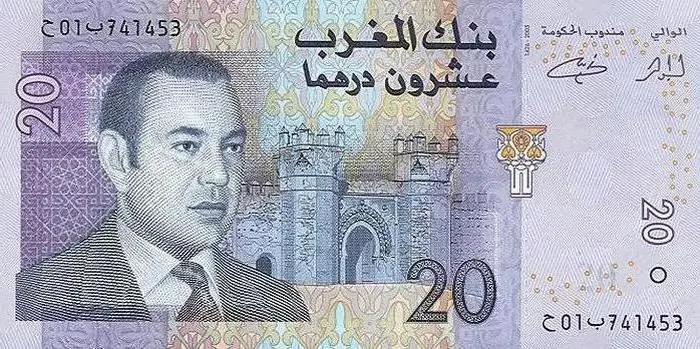2025 Author: Howard Calhoun | [email protected]. Last modified: 2025-01-24 13:10:33
It is generally accepted that the code of the country of origin of the goods is indicated in the first digits of its bar marking. This is only partly true. Improvement of production technologies, reduction of transport costs, globalization processes lead to the movement of production or its individual links to foreign regions, which undoubtedly complicates the identification of the manufacturing country. So, how is the country of origin of goods determined? Let's try to figure it out.

If the production technology of a product is limited to one phase or the entire technological chain is produced within one country, determining the country of origin of the goods does not cause difficulties. This category includes agricultural products and goods that do not contain imported components.
If the production of a product involves components produced in two or more countries, the term "sufficient" or "substantial processing" is used. Sufficient processing is considered to be a process that endows the product with its main property.
In some cases, the country of origin may be called the customs union,a group of countries, as well as part of a country or its separate region.
According to the International Customs Convention, the country of origin of goods can be determined by one of three methods.
The first method is to change the code. A product will be considered manufactured in a given country if its classification code is different from the codes of imported materials used in its production (two hundred countries around the world maintain a unified harmonized system for classifying goods).

Second method - determination of the ad valorem share. If in the price of the final product a significant part (a fixed percentage) is made up of materials or value added in a particular country, this is the country of origin of the goods.
Method three - some manufacturing operations. There is a regulated list of technological operations; if they are made in a given country, it will be considered the home of the goods produced (the so-called "positive criterion"). And vice versa, a number of technological operations do not allow us to consider the country as the homeland of goods (negative criterion). This method also applies to materials. For example, only yarn is used as a raw material for the production of clothing in the EU countries. Clothes made from fabric cannot be considered as made in the EU.

The first digits in the bar code identify the GS1 National Organization. The manufacturer has the right to join the national organization of another state and indicate its code whenlabeling their products. For example, if an Italian company that produces furniture exports it to Russia, Germany, and sells it on the domestic market, it is a member of the GS1 of Russia, Germany and Italy and, accordingly, marks its products with three different prefixes.
The country of origin of goods is of great importance when conducting foreign trade operations to regulate tariffs, determine the amount of customs duties, as well as comply with the requirements applicable to the labeling of goods.
Recommended:
IKEA: country of origin, range overview

The comfort of home today depends on many factors. The interior plays one of the most important roles in creating a warm and cozy atmosphere. At the same time, it doesn’t matter which stop: work or, conversely, home, or maybe official business. When choosing furniture, you can be guided by any motives. However, there is only one goal. And it consists in being surrounded by pleasant-looking and easy-to-use objects
"Siemens": country of origin, date of foundation, product line and quality

When choosing appliances for the home, people are guided by different indicators: price, additional features, compliance with the style of the room for which it is bought. But, perhaps, one of the most important parameters in choosing equipment is quality. Everyone has long known that the leading positions in the quality of goods are occupied by Japanese corporations. But there are many other worthy analogues of Japanese technology, produced, for example, by Siemens, whose country of origin is Germany
Code of taxpayer category: designation. Country code, IFTS code on the title page of form 3-NDFL

Citizens who report on income tax provide a declaration form 3-NDFL. Taxpayer category code - a digital designation that is indicated on the title page
The official currency of Morocco. Country currency. Its origin and appearance

The official currency of Morocco. Country currency. Its origin and appearance. Where and how to change currency. Moroccan dirham to US dollar exchange rate
Where Lexus is assembled: country of origin, brand history and photos

Toyota Motor Company under the Lexus brand produces luxury cars. Initially, they were intended for sale in the United States. However, it is currently shipped to many countries around the world. The headquarters is located in Japan, in the city of Nagoya

